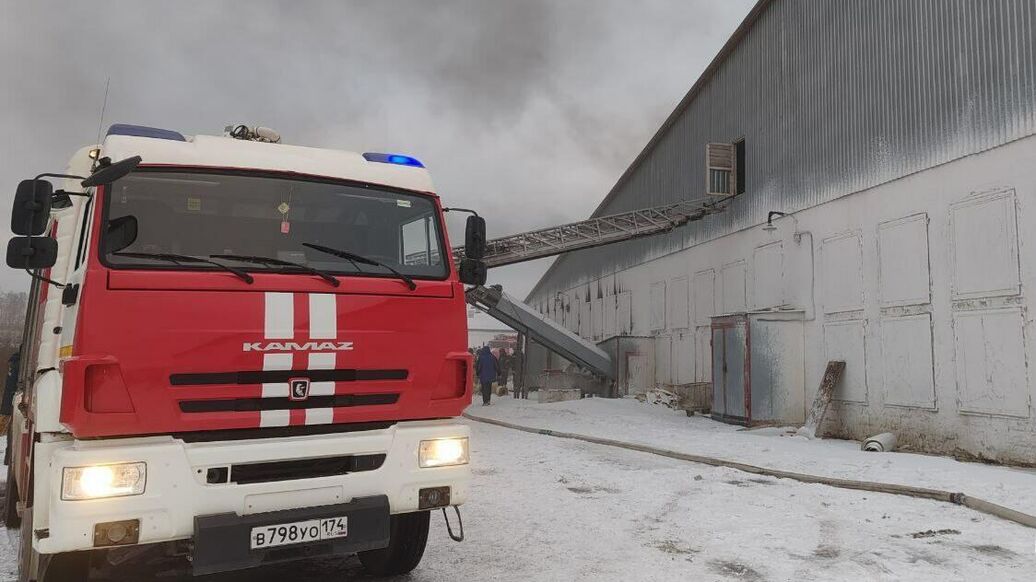The hidden treasures under our feet worth millions: Britains most valuable treasure hoards and how they were found by amateurs armed with metal detectors
Most metal detectorists spend hours and even days on end scouring the ground in the hopes of finding hidden treasures buried under our feet.
Most metal detectorists spend hours and even days on end scouring the ground in the hopes of finding hidden treasures buried under our feet.
But while the hobby is often seen as hapless or frustrating, for a very lucky few, it can make them into a millionaire overnight.
As was the case detectorists Adam Staples and Lisa Grace who made a once in a lifetime discovery in the Chew Valley area of north east Somerset, in January 2019.
The couple unearthed the UKs richest-ever treasure hoard of 2,584 silver coins, dating back 1,000 years, which has recently been acquired for a record £4.3million.
They are among a tiny number of other detectorists to have struck gold (literally) in the UK in the last few years. Here MailOnline lists some of the other the thrill seekers who have made history with their own million pound hoards.

Valued at £1,082,000, the Vale of York Hoard was found near Harrogate in 2007 and was purchased by the British Museum and the York Museum Trust after two years of fundraising

The Staffordshire Hoard was found on July 5, 2009 and was sold off to museums for £3.285million

The Grouville Hoard of around 70,000 coins was sold for £4.25 million
The Chew Valley Hoard - £4.3 million
Adam and Lisa are among the latest detectorists to have become millionaires after their extremely rare find, dating back 1,000 years, was sold for £4.3million.
The detecting enthusiasts discovered the haul in an unploughed field, in the Chew Valley area of north east Somerset, in January 2019.
It comprises 2,584 silver King Harold II pennies from the end of Anglo-Saxon England and William the Conqueror coins, after the 1066 Norman conquest.
Many of the coins are in mint condition and experts say they would have been a substantial amount of money at the time and belonged to an important, wealthy person who probably buried them for safekeeping.
As King Harolds reign only lasted nine months, before he was famously struck in the eye by an arrow at the Battle of Hastings, coins from that period are incredibly rare.
The hoard also contains coins struck by previously-unknown moneyers.

Pictured are the silver coins from the Chew Valley hoard which have been acquired for a record £4.3million

Coins from the Chew Valley Hoard found near Somerset are unveiled to the press at The British Museum

The bulk of the coins were found by detectorists Adam Staples (right) and Lisa Grace (left)

The coins from the Chew Valley Hoard were from the reigns of Harold II (right)and William the Conqueror (left)
The Grouville Hoard - £4.25 million
Reg Mead, 79, and Richard Miles, 58, helped discover a huge one ton haul of around 70,000 coins under a hedge in a mound of clay in Grouville in 2012.
The coins were each adorned with an exotic Red Indian-style head with tattoos, plaited hair and necklace on one side and a stylised horse on the other.
Historians believe the 2000-year-old coins had been buried in a trench dug by a Celtic tribe that fled from Julius Caesars rapidly-advancing legions in the first century BC.
After a longstanding dispute over valuation, a price of £4.25 million was agreed with the Jersey government on December 17, 2021.

The Grouville Hoard consists of around 70,000 coins that were found under a hedge in a mound of clay in Grouville in 2012. The coins are pictured here fused together after being removed from the ground

Reg Mead (left), 79, and Richard Miles (right), 58, helped discover the huge one ton haul

A museum conservator inspects some of the items uncovered in Europes largest hoard of Iron Age coins

Neil Mahrer, Conservator for the Jersey Heritage Museum inspects some of the coins
Staffordshire Hoard - £3.3 million
A collection of Anglo-Saxon gold artefacts known as the Staffordshire hoard was previously hailed as one of the greatest finds of British archaeology.
The war hoard collection was discovered by metal detectorist Terry Herbert who was using a £2 metal detector he bought from a car boot sale to explore a field near Lichfield belonging to farmer Fred Johnson.
Their find on July 5, 2009 was sold off to museums for £3.285million and the funds were split between them.
The artefacts are from what is widely considered the holy war of the dark ages in which Pagan leaders fought against rival Christian kingdoms.
The haul of almost 4,600 items is thought to belong to Mercian King Penda, a Pagan leader who ruled until 655AD. Penda was part of the Battle of Hatfield Chase where Northumbrian King Edwin was defeated.
Researchers believe the items were taken from Northumbria and east England by Mercian armies from a kingdom in the centre of what is now England.
The hoard, which was likely hastily buried but never recovered, includes what could be a battle shrine containing a processional cross that suggests that Christian emblems were used as good-luck charms for battle.

A selection of pieces of gold and silver from the Staffordshire Hoard which was unearthed in the field where the Staffordshire Hoard of Anglo-Saxon treasure

The collection includes 1,500 gold and silver high status battlefield items from the seventh or eighth century. Pictured is an intricate part of an Anglo-Saxon helmet

Visitors view some of the hundreds of pieces of Anglo-Saxon treasure at the Staffordshire Hoard exhibition at the Birmingham Museum and Art Gallery
The Hoxne Hoard - £1.75 million
The Hoxne, pronounced Hoxon, hoard found near Ipswich consists of more than 15,000 gold and silver coins, gold jewellery and numerous small items of silver tableware, including pepper pots, ladles and spoons.
It was discovered in 1992 by metal detecting enthusiast Eric Lawes in a field near the village of Hoxne in Suffolk.
The items are believed to have been interred by a wealthy family, with the coins dated after 407AD, which coincide with the end of Roman rule in Britain.
Some items from the hoard are now on display in the British museum. Mr Lawes received £1.75million for the find in 1993 which was shared between himself and the landowner.

Coins from the Hoxne hoard which was discovered in 1992 by metal detecting enthusiast Eric Lawes in a field near the village of Hoxne in Suffolk

Catherine Johns, British museum curator, pictured with the Hoxne Hoard find of Roman treasure in 1992

Eris Lawes (left) who discovered the Hoxne hoard in 1992
The Vale of York Hoard - £1 million
An impressive Viking hoard of jewellery was found in a field in Harrogate, North Yorkshire in January 2007. It had been buried there for more than 1,000 years.
Valued at £1,082,000, the hoard was purchased by the British Museum and the York Museum Trust after two years of fundraising.
The highlight of the collection is an intricately carved silver cup, estimated to be worth more than £200,000. It contains 617coins and various silver fragments, ingots and rings. Some of the pieces were from as far away as Afghanistan.
The treasure is believed to have belonged to a rich Viking who buried it during the unrest following the conquest of the Viking kingdom of Northumbria in 927 by the Anglo-Saxon king Athelstan.
It is believed he was unable to go back to the hoard, possibly as a result of turbulence during the period.

This impressive Viking hoard of jewellery was found in a field in Harrogate, North Yorkshire in January 2007

A gilt silver vessel from the Vale of York viking hoard is displayed at the British Museum in central London
The Galloway Hoard - £1.98m
Buried around the year 900, the Galloway Hoard was discovered in 2014 on Church of Scotland land in Dumfries and Galloway by metal detectorist Derek McLennan.
It contained around 100 items including silver, gold, and jewellery and was described by the National Museums of Scotland as the richest, most varied and well-preserved collection of precious and exotic objects in British history.
The Galloway Hoard was processed by the King’s and Lord Treasurer’s Remembrancer, which is the Crown’s representative in Scotland responsible for ownerless property.
But in contrast to the English system, it operates on Scottish common law and awards are paid solely to the finder – not divided beforehand with the landowner.
The National Museum of Scotland was able to raise the enormous sum of £1.98million and purchased all of the items from Mr McLennan in 2017.

The Galloway hoard found by detectorist Derek McLennan included: 1. A gold pendant; 2. Anglo-Saxon cross; 3. Annular silver bracelet arm rings; 4. A bird pin; 5. Model of a vessel from the hoard; 6. Disc brooch; 7. A crystal vessel

the Galloway Hoard was discovered in 2014 on Church of Scotland land in Dumfries and Galloway by metal detectorist Derek McLennan (pictured)










